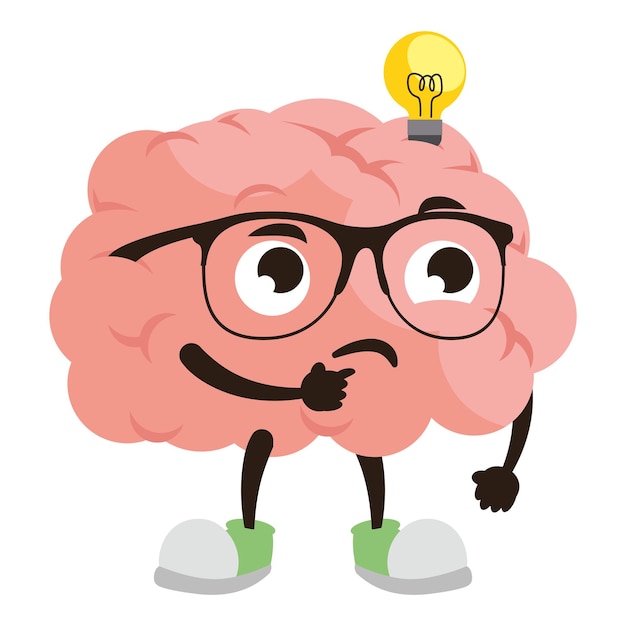Fascinating Insights about the Human Brain

The brain is the most powerful organ in the human body.
The average brain weighs about 3 pounds.
The brain contains about 100 billion neurons.
Neuroplasticity allows the brain to change and adapt throughout life.
The human brain can process information at a speed of 120 meters per second.
The brain uses about 20% of the body’s total oxygen and blood supply.
The brain can generate up to 23 watts of electrical power.
The brain is divided into two hemispheres, each responsible for different functions.
The brain is responsible for controlling all bodily functions, including breathing and heartbeat.
The brain can process and store more information than any computer.
The brain can recognize familiar faces within milliseconds.
The human brain has more connections than the entire Internet.
The brain is capable of rewiring itself after damage, enabling recovery from injuries.
The brain releases dopamine, a neurotransmitter that contributes to feelings of pleasure and reward.
The brain is sensitive to musical rhythms and can synchronize with them.
The brain generates more electrical impulses during sleep than when awake.
Speaking multiple languages can increase brain size and protect against age-related cognitive decline.
The brain can continue to develop new neurons throughout life.
Memories are stored in different regions of the brain, depending on the type of memory.
Fascinating Insights about the Human Brain part 2
The brain’s frontal lobe, responsible for decision-making, doesn’t fully develop until the mid-20s.
The human brain is the most energy-consuming organ and uses 20% of the body’s total energy.
The brain can produce new brain cells, even in adulthood, through a process called neurogenesis.
The brain’s left hemisphere controls the right side of the body, and vice versa.
The brain’s reaction time is faster than the blink of an eye.
Learning a new skill physically changes the structure of the brain.
Chronic stress can shrink the size of the brain’s hippocampus, affecting memory and learning.
The sound of a mother’s voice activates different areas of an infant’s brain.
The brain has a unique circuitry for detecting and interpreting facial expressions.
The brain’s prefrontal cortex, responsible for decision-making, doesn’t fully mature until the late 20s.
The brain produces various neurotransmitters that regulate mood, sleep, and appetite.
Playing musical instruments stimulates multiple areas of the brain, enhancing cognitive abilities.
The brain’s reward center is activated by activities like eating food and engaging in pleasurable experiences.
The brain can create new neural pathways by forming new connections between neurons.
The brain’s memory capacity is virtually limitless, capable of storing enormous amounts of information.
The brain’s amygdala, responsible for processing emotions, plays a crucial role in fear responses.
Regular exercise has been shown to improve brain function and enhance cognitive abilities.
The brain’s gray matter contains neuronal cell bodies, while white matter consists of myelinated nerve fibers.
The brain’s right hemisphere specializes in visual and spatial processing.
The brain’s cerebellum is primarily responsible for coordinating movement and balance.
The brain’s hypothalamus regulates functions such as hunger, thirst, and body temperature.
Meditation can physically change the brain and improve mental well-being.
The brain’s occipital lobe, located at the back of the brain, plays a key role in visual processing.
The brain’s parietal lobe integrates sensory information to create a sense of space and body awareness.
The brain’s temporal lobe is involved in auditory processing and memory formation.
The brain’s overall structure and function are influenced by genetics, environment, and experiences.

